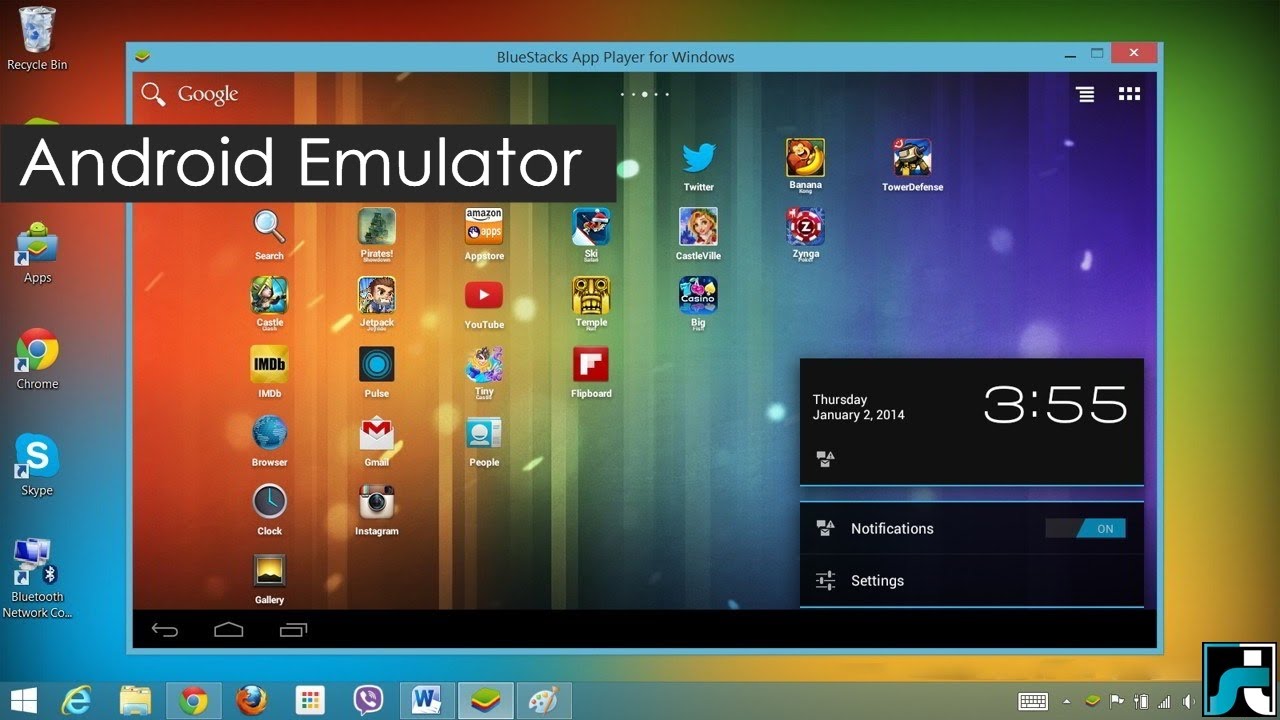
Security updates were available for the operating system until January 10, 2023, excluding some embedded editions. This service was available via specific volume licensing programs for Professional & Enterprise editions, and via OEMs for some embedded editions, in yearly installments. Windows 7 was eligible for the Extended Security Updates (ESU) service. Įxtended support ended on January 14, 2020 ( ). Mainstream support ended on January 13, 2015 ( ).
Source-available (through Shared Source Initiative). ODBC users should follow the ODBC Installation Instructions. Then set the environment variable TNS_ADMIN to that directory name. This is the default Oracle client configuration directory for applications linked with this Instant Client.Īlternatively, Oracle client configuration files can be put in another, accessible directory. If you intend to co-locate optional Oracle configuration files such as tnsnames.ora, sqlnet.ora, ldap.ora, or oraaccess.xml with Instant Client, then create a subdirectory C:\oracle\instantclient_12_2\network\admin. Instant Client 12.1 requires the Visual Studio 2010 redistributable. Instant Client 12.2 requires the Visual Studio 2013 redistributable. Download and install the correct Visual Studio Redistributable from Microsoft. If you have multiple versions of Oracle libraries installed, make sure the new directory occurs first in the path 
Add this directory to the PATH environment variable.
 Unzip the packages into a single directory such as C:\oracle\instantclient_12_2. All installations require the Basic or Basic Light package. Download the appropriate Instant Client packages for your platform. For example, Oracle Call Interface 18.3 and 12.2 can connect to Oracle Database 11.2 or later.
Unzip the packages into a single directory such as C:\oracle\instantclient_12_2. All installations require the Basic or Basic Light package. Download the appropriate Instant Client packages for your platform. For example, Oracle Call Interface 18.3 and 12.2 can connect to Oracle Database 11.2 or later. 

See the Instant Client Home Page for more information about Instant Client packages.Ĭlient-server version interoperability is detailed in Doc ID 207303.1. Instant Client Installation for Microsoft Windows 32-bit








 0 kommentar(er)
0 kommentar(er)
